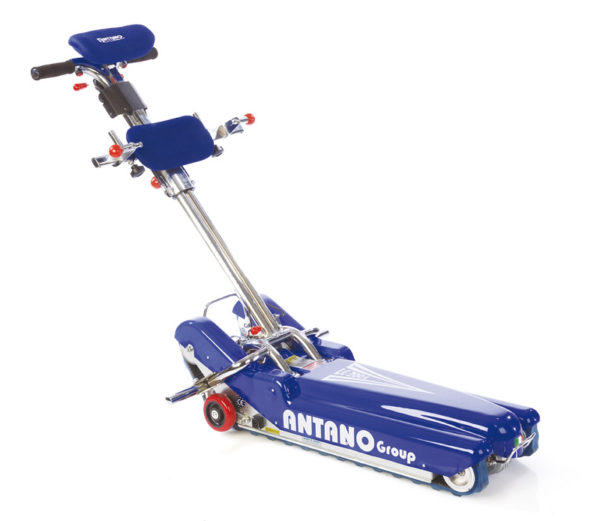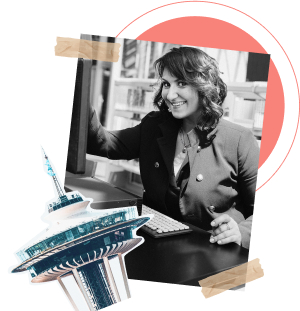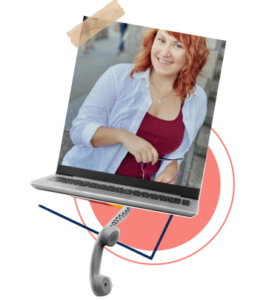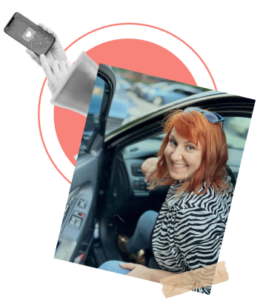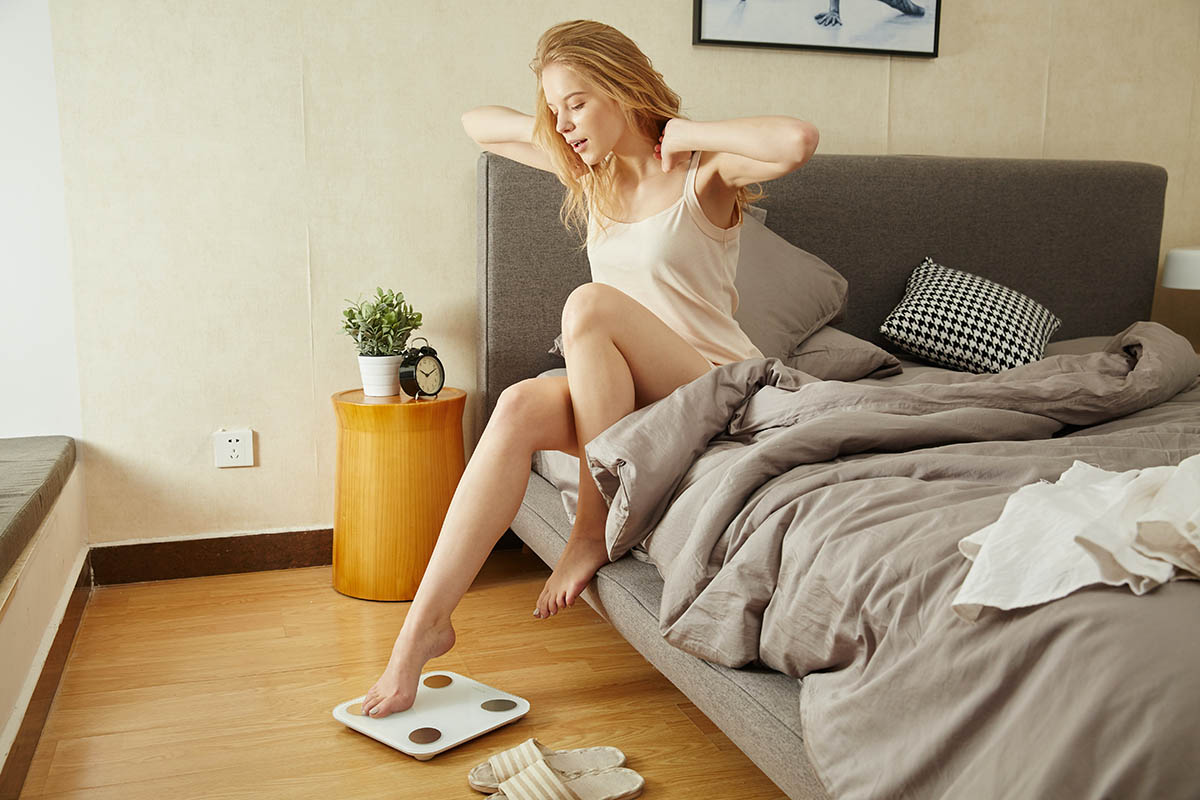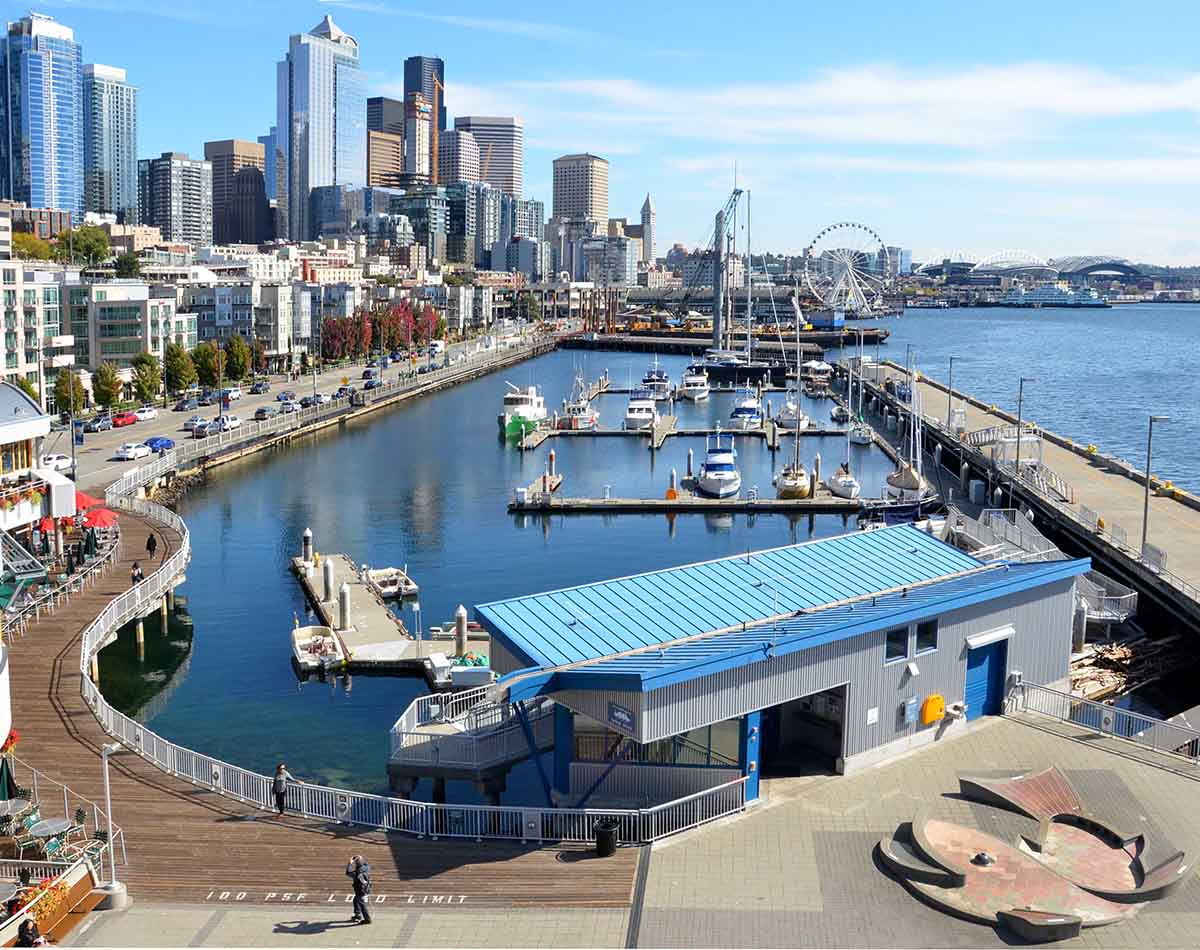Challenges in Multi-Storey Homes and Their Solutions
Living in a multi-storey home offers many benefits, from increased living space to enhanced views.
However, for the elderly or those with mobility challenges, these homes can present a unique set of difficulties that can significantly affect quality of life.
Fortunately, many practical solutions exist to help overcome these challenges and ensure that everyone can live comfortably and safely, regardless of age or ability.
Navigating Stairs Safely
One of the most significant challenges in multi-storey homes is stair navigation.
For individuals with limited mobility or balance issues, stairs can pose a serious risk of injury.
This is especially true for the elderly, who are more susceptible to falls, which can lead to fractures or long-term complications.
Stairlifts are a popular solution, providing a motorised chair that travels along a rail mounted to the staircase.
For those who use wheelchairs or have more complex mobility needs, a lift that accommodates a wheelchair may be necessary.
It’s important to consider the individual’s specific needs when choosing an assistive device, including weight capacity, ease of use, and safety features.
Limited Bathroom Accessibility
Bathrooms are often compact, and navigating them on different floors can be particularly tricky.
Slippery surfaces, narrow doorways, and the lack of support rails can increase the risk of accidents.
Installing grab rails, non-slip flooring, and walk-in baths or showers can dramatically improve safety.
Where budget allows, a full bathroom adaptation may be the most effective long-term solution.
In the interim, portable aids such as raised toilet seats or shower chairs can help make existing bathrooms more accessible.
Carrying Items Between Floors
Carrying items like laundry, food, or medical equipment up and down stairs is not only cumbersome—it can be dangerous for those with reduced strength or stability.
One practical workaround is the installation of a dumbwaiter, a small lift designed for transporting goods between floors.
For those without the means or space for such installations, baskets with wheels or lightweight trolleys that can be managed with one hand may provide temporary relief.
Managing Fatigue and Limited Mobility
Climbing stairs can be physically exhausting for individuals with chronic conditions, such as arthritis, osteoporosis, or cardiopulmonary diseases.
This can result in reduced access to entire areas of the home, potentially leading to isolation or the underutilisation of available space.
In some cases, reconfiguring living arrangements so that essential activities occur on a single floor may be beneficial.
However, for those who wish to maintain full access to their homes, technologies like durable and ergonomic wheelchair stair climbers can be transformative.
These devices allow users or caregivers to safely transport wheelchairs between floors, preserving independence and mobility without the need for costly renovations.
Poor Lighting and Visibility
Staircases and hallways are often poorly lit in older homes, increasing the risk of trips and falls.
This is particularly hazardous for individuals with low vision or depth perception issues.
Installing motion-activated lighting, bright LED bulbs, and clearly marked stair edges can drastically improve safety.
Consistent lighting on all floors also helps in maintaining orientation and reduces confusion, especially for those with cognitive impairments.
Emergency Evacuation Concerns
In multi-storey homes, emergencies such as fires or medical crises can be particularly daunting for individuals with limited mobility. Being unable to exit quickly or safely poses significant danger.
A well-rehearsed evacuation plan, combined with appropriate equipment such as evacuation chairs or automated alert systems, can mitigate these risks.
It’s also advisable to inform local emergency services about any mobility limitations so that help can be tailored accordingly in urgent situations.
Final Thoughts
Multi-storey homes can remain safe, comfortable spaces for the elderly or those with mobility challenges, provided thoughtful adaptations are made.
From assistive technologies and structural modifications to simple home improvements, there are a wide range of solutions available to tackle the most common challenges.
While every individual’s needs will differ, proactive planning and the right equipment can make a significant difference—helping people retain independence, dignity, and quality of life in their own homes for as long as possible.

